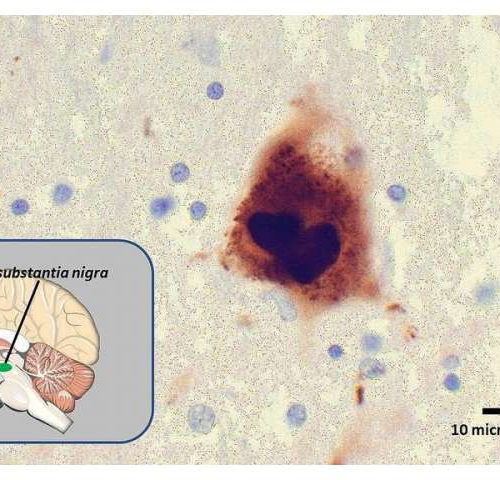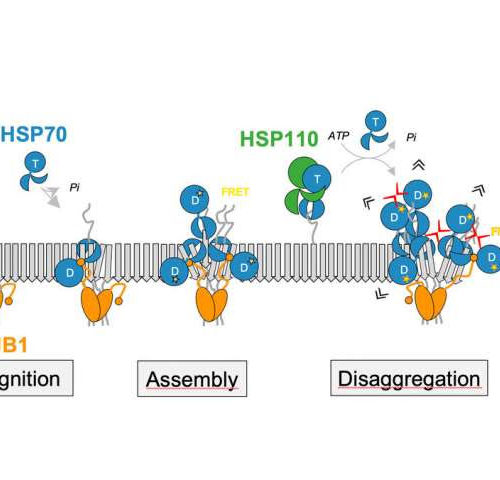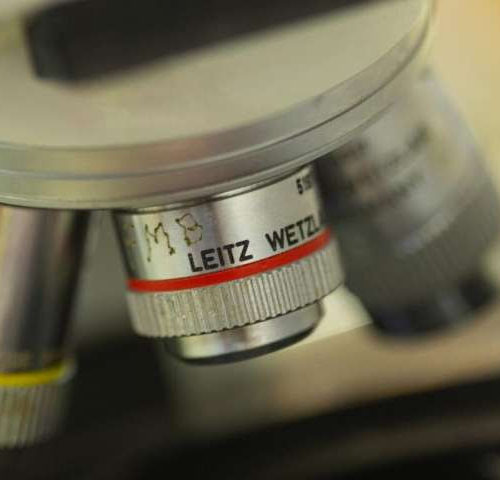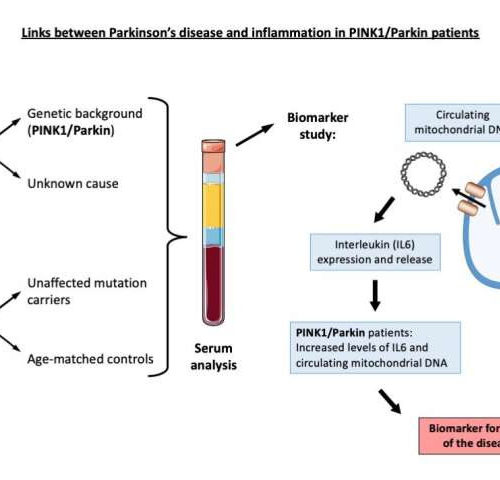UNIVERSITY OF TURKU A new study conducted at the University of Turku, Finland, shows that patients with a schizophrenia spectrum disorder have an increased risk of Parkinson’s disease later in life. The increased risk may be due to alterations in the brain’s dopamine system caused by dopamine receptor antagonists or neurobiological effects of schizophrenia. The...
Tag: <span>Parkinson’s disease</span>
Antioxidants Vitamin C and Vitamin E Linked to Lower Risk of Parkinson’s
People who consume high levels of vitamin C and E in their diet may have a lower risk of Parkinson’s disease than people who get only small amounts of these nutrients, according to a new study from University of Milano-Bicocca, Italy, and Karolinska Institutet. The study was published in Neurology. “Improving diet is a known...
Focused ultrasound shows promise for Parkinson’s disease
UNIVERSITY OF VIRGINIA HEALTH SYSTEM IMAGE: JEFF ELIAS, MD, IS A NEUROSURGEON AT UVA HEALTH AND A PIONEER IN THE FIELD OF FOCUSED ULTRASOUND. CREDIT: UVA HEALTH A scalpel-free alternative to brain surgery has the potential to benefit people with Parkinson’s disease symptoms that are much more severe on one side of the body, new research suggests. ...
Artificial enzyme may be first step toward treatment for Parkinson’s disease
by Johns Hopkins University School of Medicine Photomicrograph showing a Lewy body (center), a clump of misfolded alpha-synuclein proteins believed to be a factor in Parkinson’s disease. The inset shows the location of the substantia nigra, an area of the brain that influences movement and cognition, where this Lewy body was found. A Johns Hopkins Medicine...
New App could help monitoring the progressions of Parkinson’s disease
Parkinson’s Disease is an incurable neurodegenerative disease, one of the most common causes of dementia and disability in the later years of life. Parkinson’s disease affects millions of people in the world, but its progression is not always the same. Now scientists at UCL and Birkbeck, University of London have developed an app, which allows...
How molecular chaperones dissolve protein aggregates linked to Parkinson’s disease
by Heidelberg University Disaggregation of α-synuclein amyloid fibrils relies on the cooperation of the HSP70 chaperone with its co-chaperones DNAJB1 and HSP110. This cooperation ensures recognition of the fibrils, followed by the correct assembly of the Hsp70 disaggregase machinery on the fibril surface thereby allowing for productive disaggregation. In many neurodegenerative diseases like Parkinson’s, protein aggregates...
New study reveals undetected rare neurodegenerative disorder that looks like Parkinson’s disease
SINGHEALTH A joint study by the National Neuroscience Institute (NNI) and Singapore General Hospital (SGH) revealed that patients who have been diagnosed with Parkinson’s disease might actually have NIID instead. NIID is a disabling neurodegenerative condition due to a gene mutation and has no effective treatment. Symptoms of NIID include dementia, Parkinsonism, poor balance, as...
New study may reveal link to lipids playing a key role in Parkinson’s disease
by McLean Hospital Researchers in the Neuroregeneration Institute are making strides in Parkinson’s disease research. In a novel research study conducted by a team from the Neuroregeneration Institute at McLean Hospital, investigators believe they have found key brain cell type changes involving lipids, inflammation, and the development of Parkinson’s disease (PD). Their findings appear in the current issue...
New study highlights links between inflammation and Parkinson’s disease
by University of Luxembourg An international collaboration involving researchers from the Luxembourg Center for Systems Biology (LCSB) at the University of Luxembourg established an association between inflammation and specific genetic mutations in Parkinson’s patients. The study, recently published in the scientific journal Brain, highlights two biomarkers that could be used to assess Parkinson’s disease state and progression. The results...
Parkinson’s disease is not one, but two diseases
AARHUS UNIVERSITY Although the name may suggest otherwise, Parkinson’s disease is not one but two diseases, starting either in the brain or in the intestines. Which explains why patients with Parkinson’s describe widely differing symptoms, and points towards personalized medicine as the way forward for people with Parkinson’s disease. This is the conclusion of a...







